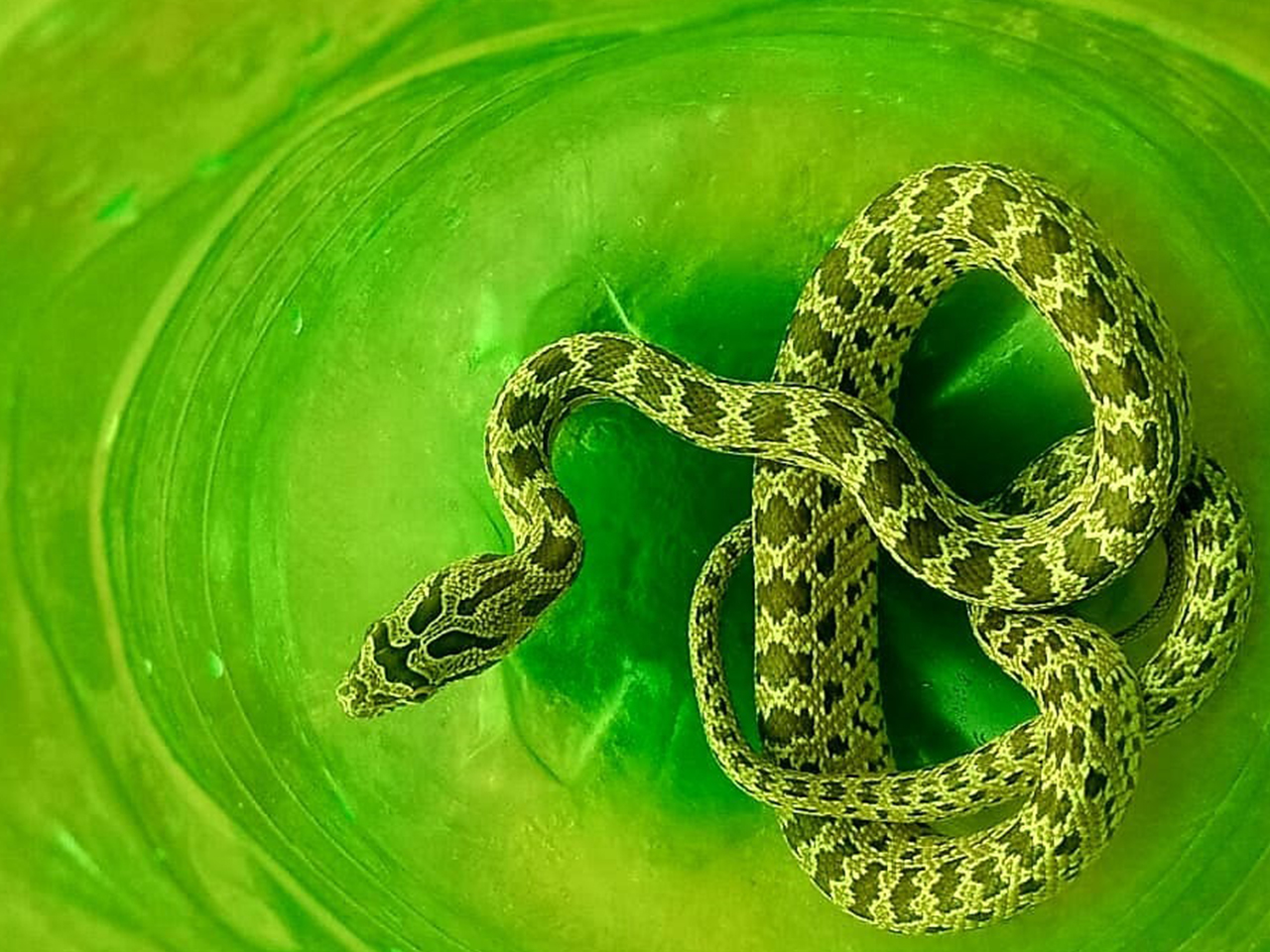Fauna at Padhri
THE INDIAN PANGOLIN
The Indian pangolin or thick-tailed Pangolin is a solitary, shy, slow moving, nocturnal mammal. It is categorized as Endangered on the IUCN Red List. Though many think of them as reptiles, pangolins are actually mammals. They are the only mammals wholly-covered in scales and they use those scales to protect themselves from predators in the wild. The shy, harmless pangolin is becoming increasingly well known for one reason: It’s believed to be the world’s most trafficked non-human mammal. Tens of thousands of pangolins are poached every year, killed for their scales for use in traditional Chinese medicine and for their meat, a delicacy among some ultra-wealthy in China and Vietnam. Despite an international ban on their trade.


GARDEN LIZARDS
Garden Lizards play an important role in their ecosystem. They help control populations of a wide range of insects and also provide food for local predators. Unlike house lizards, they change colour, and can spin their eyeballs in different directions like chameleons. They dont drop their tails, and their tails can be very long, stiff, and pointy.
CAT SNAKES
The Cat Snake is generally ash-grey, brown or yellowish-brown in appearance, with darker patches along its body. Contrary to the Leopard Snake, this species’ eyes have vertical pupils that look like slits; hence the name ‘cat snake and 11-qattusi. Their short rear fangs can deliver a mild venom that is not dangerous to humans.


SAW SCALED VIPER
They have a characteristic threat display and nib sections of their body together to produce a ‘sir:ling” warning sound. Like all vipers, they are venomous. They arc ponsible for causing one of the most snakebite cases and deaths in the world. Twelve species are currently recognized. Only a fraction of these bites are fatal, but toxins in snake venom can trigger serious medical emergencies that occur within hours; they can cause organ failure, uncontrollable bleeding, severe tissue destruction and paralysis that may restrict breathing, according to the world health organization (WHO), 02 Jun 2019
RED FOX
RED FOX has a long history of association with humans, having been extensively hunted as a pest and furbearer for many centuries, as well as being represented in human folklore and mythology. People use the phrase “sly as a fox” for a reason. Foxes are intelligent in ways that matter to them: finding food, surviving in ‘ weather extremes, outwitting predators, and protecting their young. They’re brighter than most, but not all, dog breeds. Red foxes have excellent hearing—they can hear rodents digging miles underground. These animals have more than 20 different calls. A group of foxes is called a skulk or a leash and Kits stay with their parents for about seven months.


LEOPARD GECKO
The leopard gecko is a ground-dwelling lizard native to the rocky dry grassland and desert regions of Pakistan, Afghanistan. Iran, [‘Ala, and Nepal. They are shy lizards that have fantastic predator-evading abilities and are camouflaged with their leopard print in the dry-desert rocks or tall grasslands. leopard caws also shed more frequently than most lizards in order to keep their went from being detected by predators. The Leopard Gecko vocalizes very loudly. They vocalize during mating. self-defense, or when excited by either chirping, barking. or making a hissing sound. A leopard gecko makes an excellent pet for many reasons. These colorful creatures are email, hew minimal earn requiremonts, and can be left alone for several days if necessary. They are also quiet, don’t smell, and don’t need a lot of attention. They can grow to around 15 to 25 centimetres and live for 10 to 20 years in captivity.